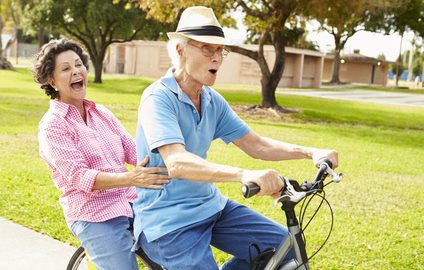We’ve had an early summer this year and beautiful weather! Combine that with the disruption of our routine and staying home a lot more during Coronavirus closures of public spaces, people have been taking advantage of the warm weather. Everywhere I go, I see lots of walkers and lots of bikers…
Interestingly, a lot of bikers without helmets!
While wearing a helmet is left up to the discretion of those 18 years and older, it is required by law for those under the age of 18.
Why are helmets important for cycling?
The reason is quite simple… the risk of falling and hitting your head is much higher. Specifically, hitting your head can result in:
- Concussion
- Acquired brain injury
- Death
When it comes to children, we often say they heal and bounce back much faster than adults. However, when it comes to the developing brain, the opposite is true. Because the brain is not yet fully developed in childhood, this makes children more vulnerable to head injuries.
While the plasticity of the brain, especially in childhood, means that the brain can reorganize itself and create new connections to heal, the problem is that we often cannot tell how a brain injury in someone younger will affect their future development. Some longitudinal studies do suggest that children with a history of head trauma are more likely to be treated for mental illness in the future, be on disability, or not finish secondary education.
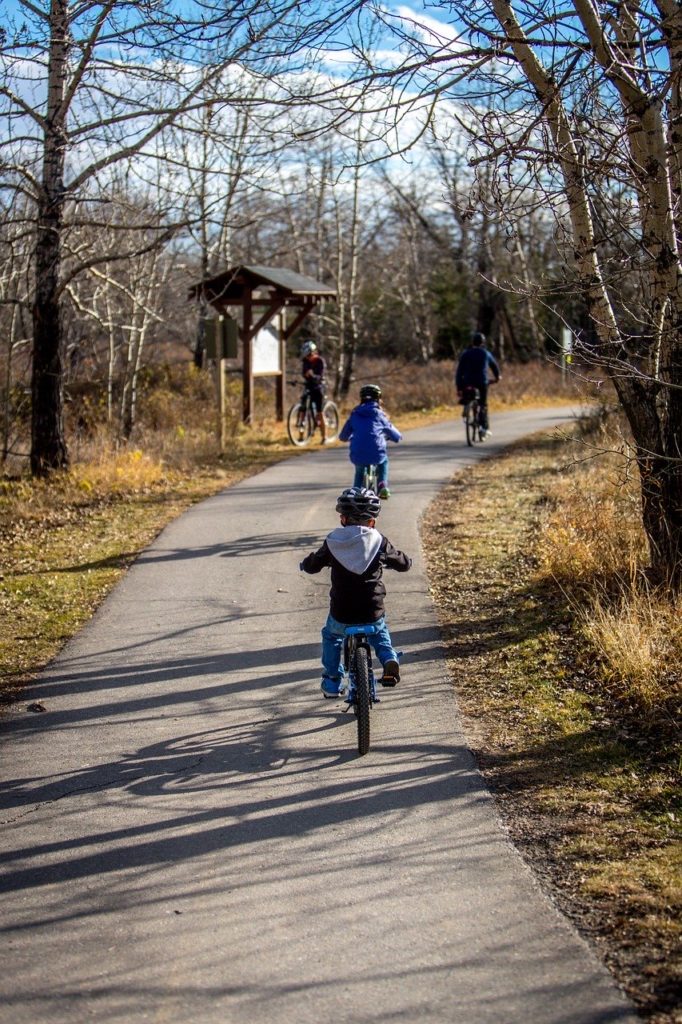
Therefore, it makes sense that the law requires those under 18 and not yet old enough to make all of their safety and health decisions independently, to wear helmets. But if you are an adult, you know better. Right?
However… would you say that seatbelts in cars or motorcycle helmets should be up to adult discretion as well? While they differ from cycling in that they are going much higher speeds, these are still the same vehicles that a cyclist has to share the road with…
You may feel confident in your cycling ability and doing so safely, but it doesn’t mean you can control everything and everyone in your environment!
More than that, while someone in a vehicle is quite protected in the event of an accident, someone on a bicycle is much more vulnerable to injury.
Did you know?
- In a 2013-14 study, only 42% of cyclists aged 12 years and older reported “always” wearing a helmet.
- Wearing a bicycle helmet can reduce the risk of head and brain injury by 85%! Those are great odds!
- As a side benefit, helmets can protect you from inclement weather and direct sunlight, helping riding visibility!
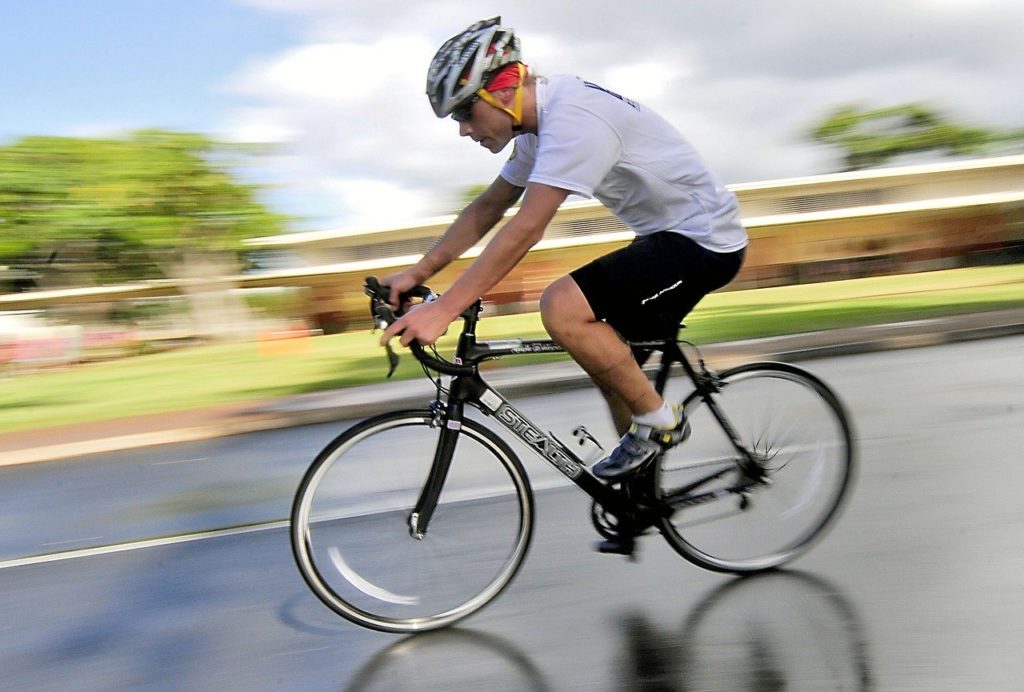
Here are some other facts to consider… According to CAA and Statistics Canada:
- July sees more cyclist injuries and fatalities than any other month of the year! (No doubt the beautiful weather brings out everybody who has a bike on the roads and trails…)
- Most cyclist injuries and fatalities occur at intersections, or locations with a traffic light or sign
- Most cyclist fatalities occur on city roads
The reality is that a split second can change your life. A helmet in that moment can be a deciding factor in how much everything changes.
Rules of the road for cyclists…
While cyclists and drivers often don’t meet eye-to-eye, they still have to coexist.
Since city roads tend to be the most dangerous routes for cyclists, here is a quick review of the rules of the road to follow for everyone’s safety!
- A bicycle is considered a vehicle on the road, same as a car or a truck
- Therefore, cyclists must obey all of the same traffic laws as cars and trucks
- This means, obeying all traffic lights and signs. (Therefore, it’s good to familiarize your children with the common traffic signs seen on roads and intersections.)
- Cyclists must signal their intentions on the road, e.g. turning or stopping
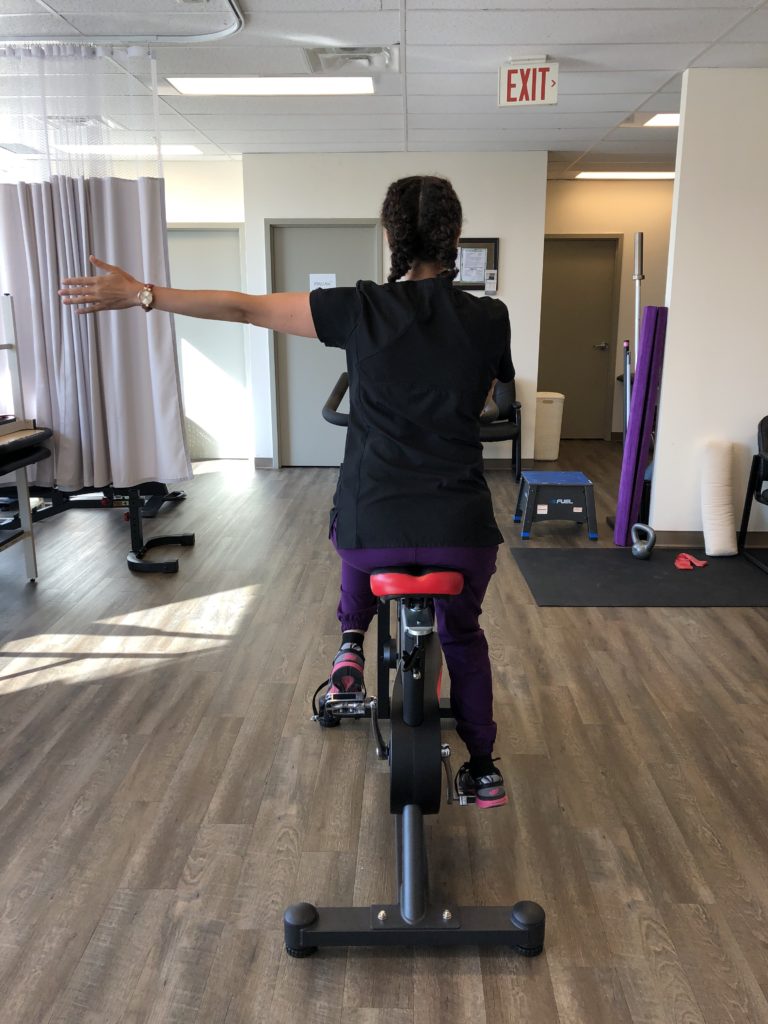
- Cyclists can ride on most roads, except highways (e.g. the QEW and other 400-series highways)
- As per Toronto’s bylaws, anyone over the age of 14 cannot ride on the sidewalk. If they feel it is dangerous to ride on the road, they must dismount the bike and walk it along the sidewalk. This rule is not specific to the Ontario Highway Traffic Act but can be part of local city by-laws!
- Cyclists must stay as safely to the right side of the road as possible when being passed
- The One Meter Passing Law states that all vehicles passing a cyclist must do so at a one meter minimum distance from the cyclist
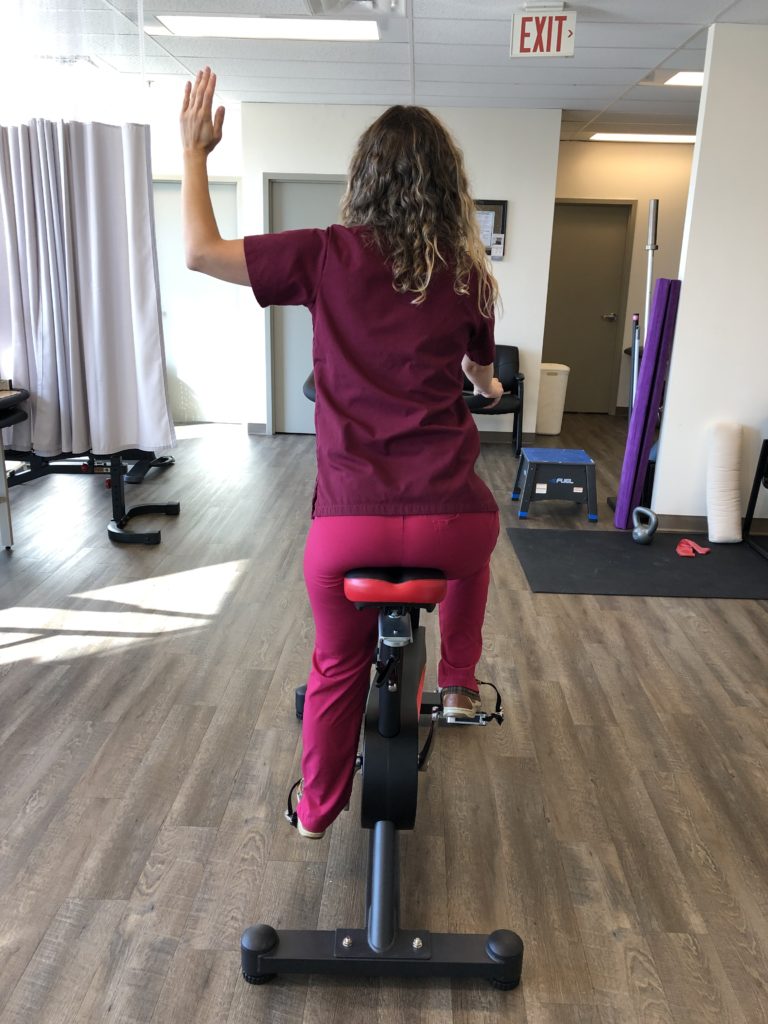
- Cyclists must dismount across a road with a crosswalk at the intersection and walk their bike to the other side
- If there is a crossride section at the intersection, and the light for cyclists is green, you can ride across
- Cyclists cannot take passengers, unless the bicycle is designed for more than one person
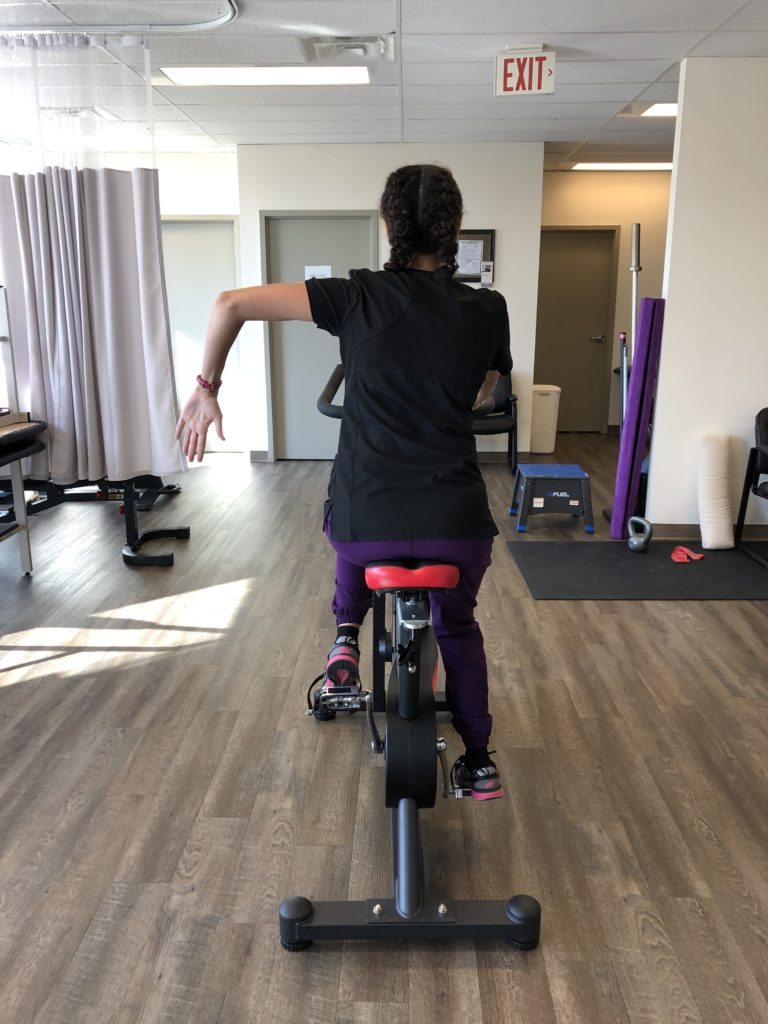
Failure to comply with the above laws can result in a fine!
For more detailed information, visit the Ontario’s Ministry of Transportation website!
What is an approved bicycle helmet?
An approved bicycle helmet that meets safety standards should have a sticker on the inside from one of the following organizations:
- Snell Memorial Foundation: Snell B90, Snell B95, Snell B90S, or Snell N94
- American National Standard Institute: ANSI Z90.4-1984
- American Society For Testing and Materials: ASTMF1447-94
- British Standards Institute: BS6863:1989
- Standards Association of Australia: AS2063.2-1990
- United States Consumer Product Safety Commission (CPSC) 16 CFR Part 1203
Make sure the helmet is the right size and fits comfortably.
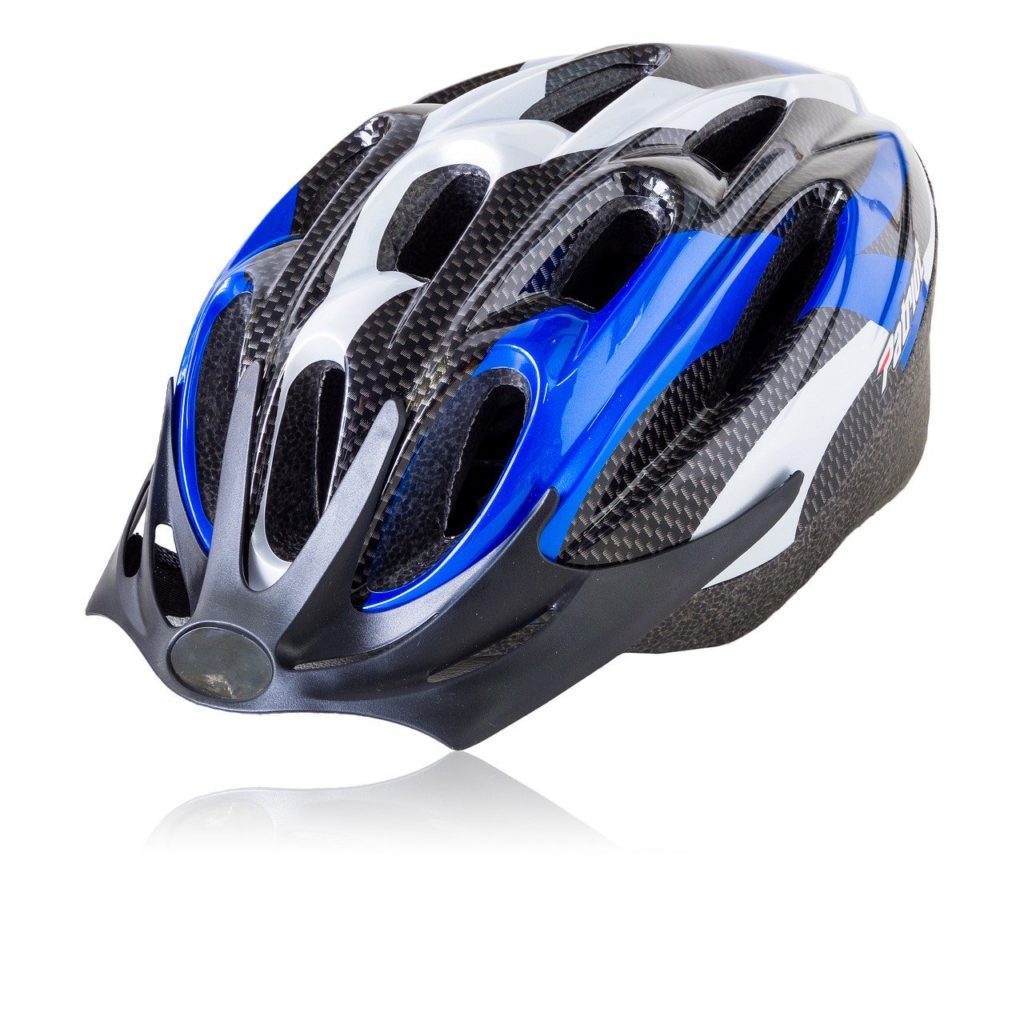
Lastly, here’s a Safety Checklist to look over before getting on your bike!
- Go over your ABCs! Air, Breaks, and Chain checks!
- Standard issue bike helmet
- White light/reflector mounted on the front
- Red reflector on the back
- White reflector on the front wheel
- A red or white reflector tape on the back wheel
- Functional bell
The reflectors are all mandated by law to ensure you are visible to other vehicles!
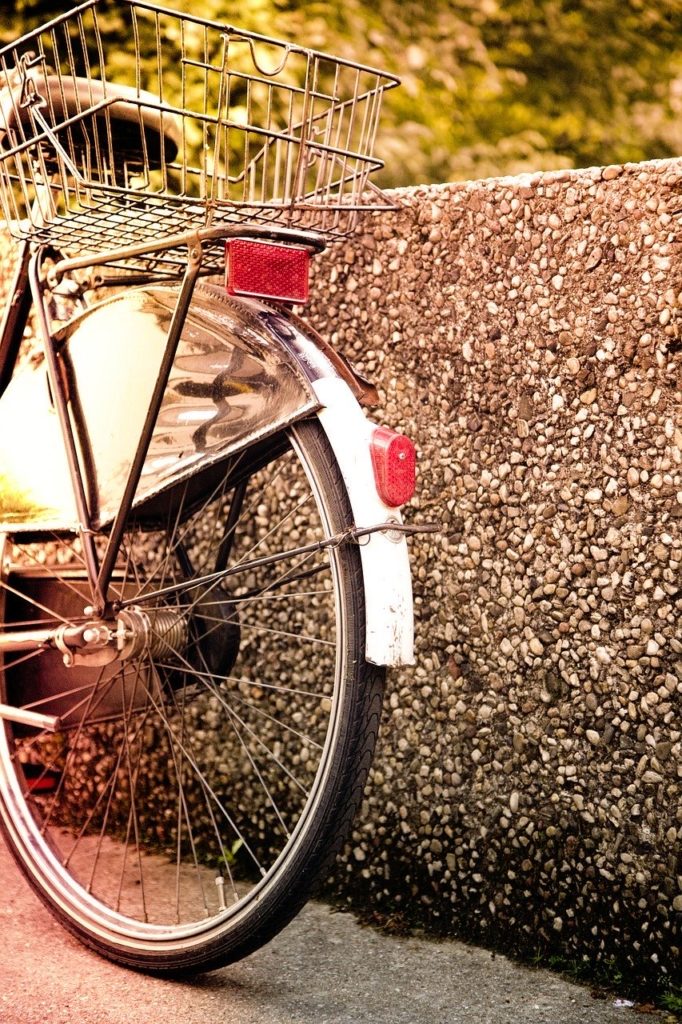
Other Safety Tips:
- Do not wear open toe shoes or slip on shoes
- Wear reflective clothing when it’s dark out
- Ride on the right side of the road (with the flow of traffic)
- Check your blindspots when making a turn (look over your shoulder)
- Let drivers know your intents, e.g. using your arm to signal a turn
- Be cognizant of driveways where a vehicle may be pulling out
Here at Palermo Physio we treat any bike-related injuries from falls to vehicle collisions, and from fractures to concussions… If you’ve had a bike-related injury, let us know so we can help!
Happy biking! 😊

